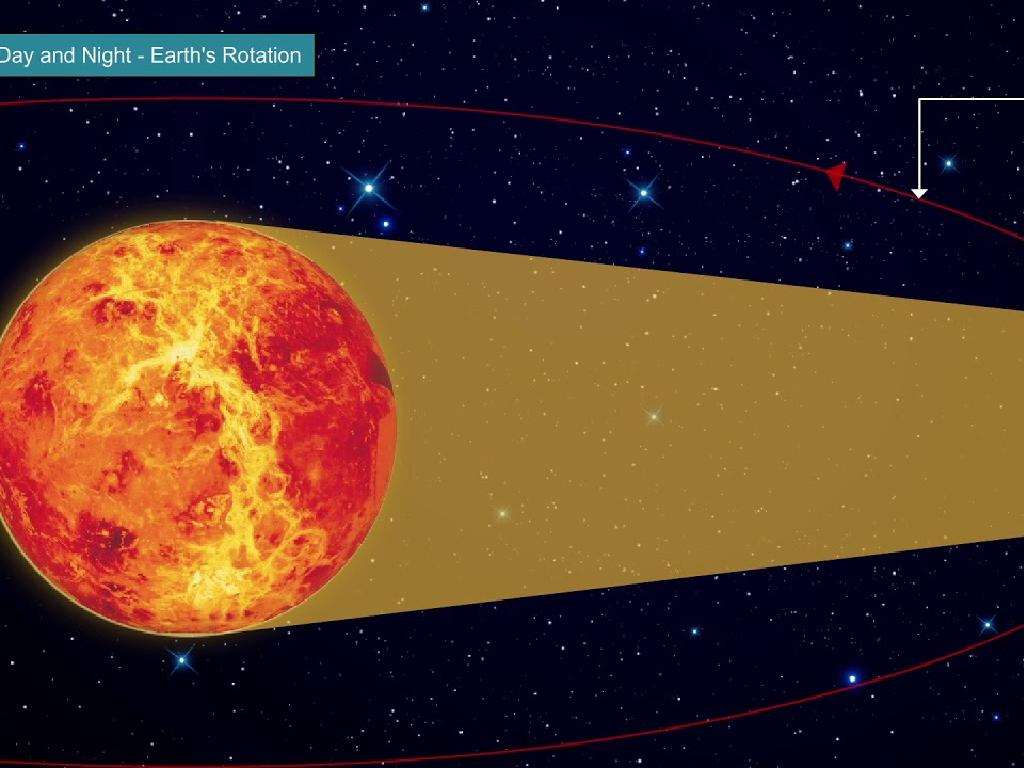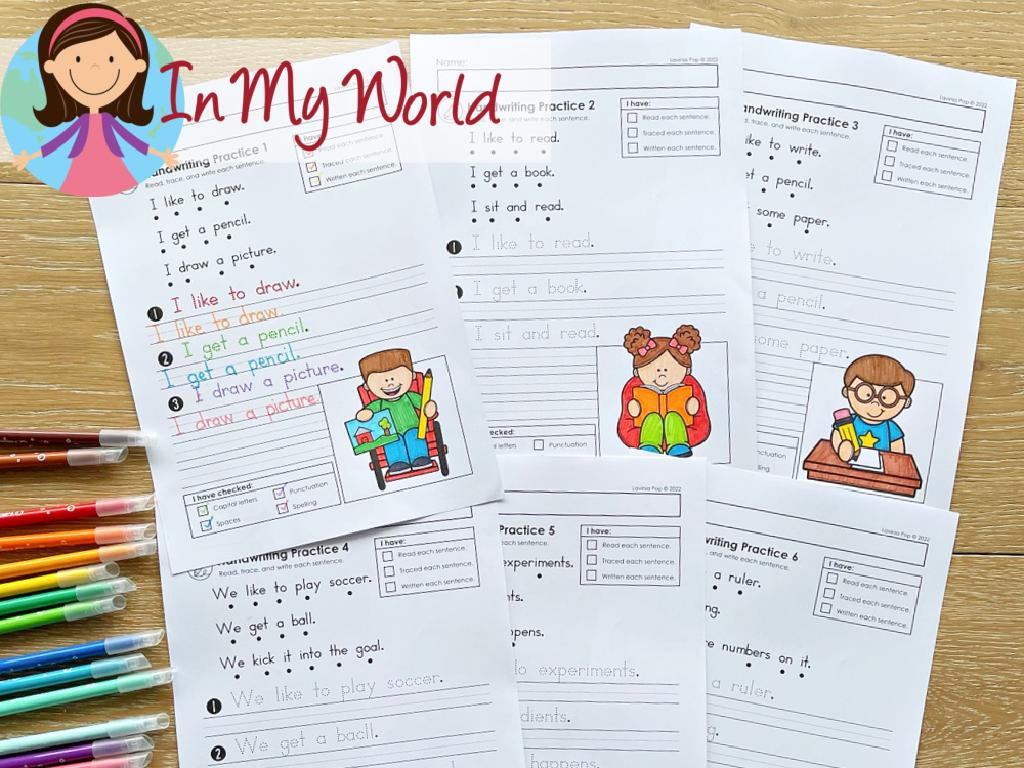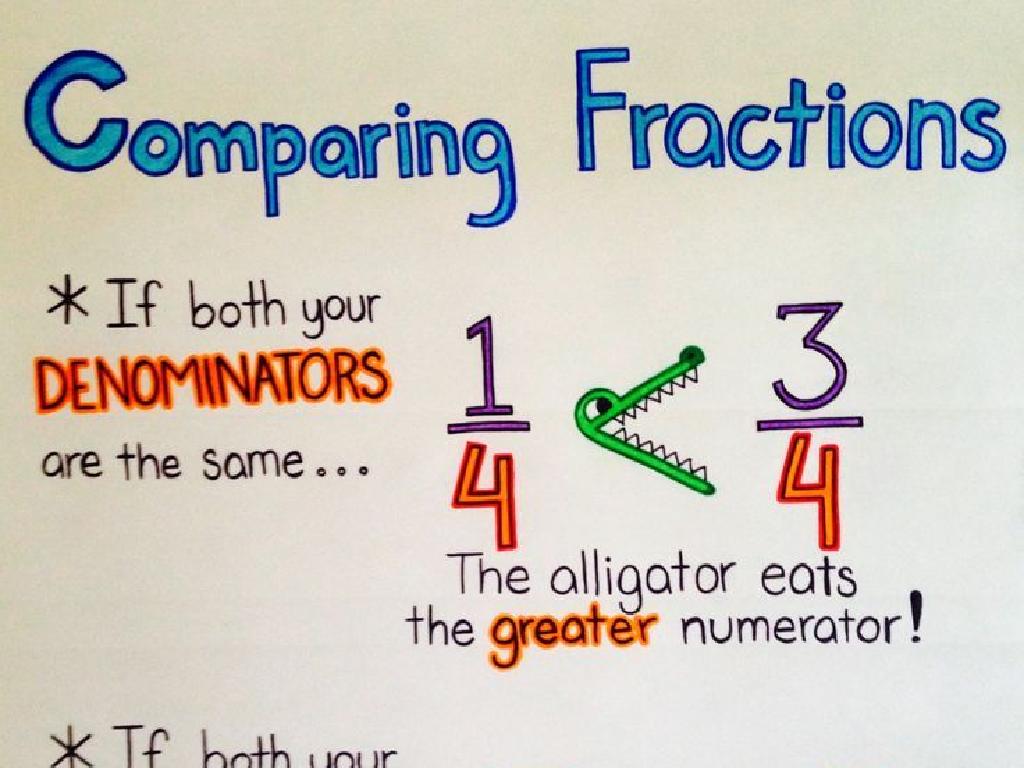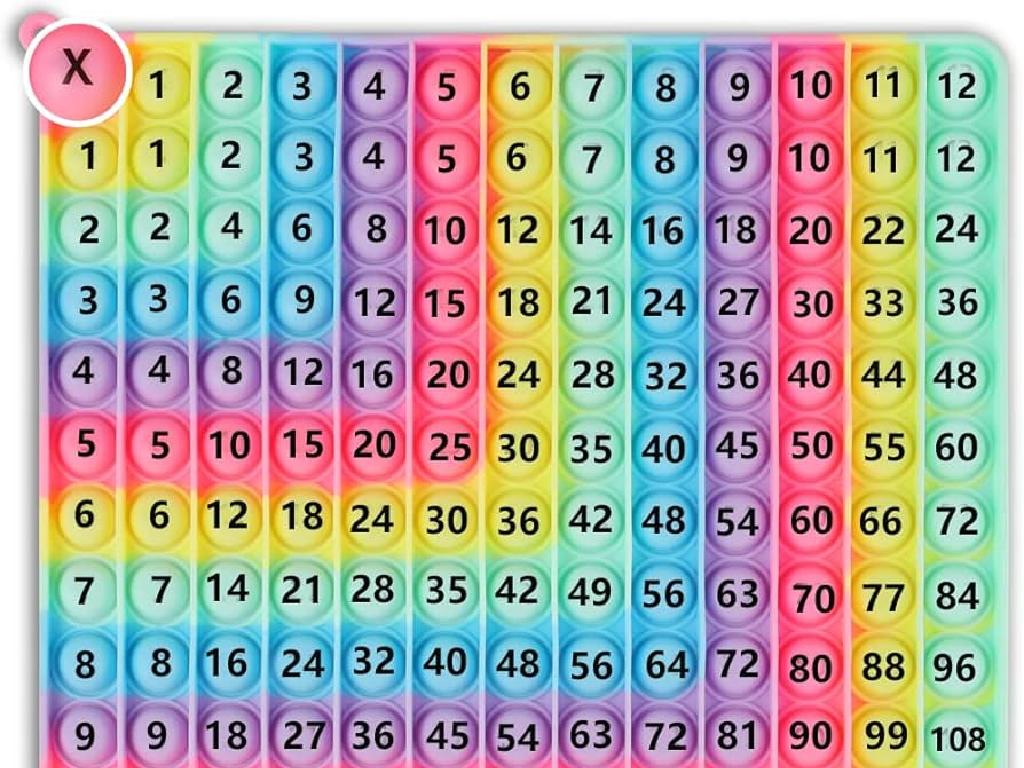Introduction To The Rock Cycle
Subject: Science
Grade: Seventh grade
Topic: Rocks
Please LOG IN to download the presentation. Access is available to registered users only.
View More Content
Today’s Adventure: Introduction to the Rock Cycle
– Explore Earth’s dynamic nature
– Our planet is constantly changing through natural processes.
– Rocks: Building blocks of Earth
– Rocks are solid mineral formations found in Earth’s crust.
– Unveiling the rock cycle
– The rock cycle shows how rocks transform between types: igneous, sedimentary, and metamorphic.
– Interactions of Earth’s systems
– Earth’s systems (like the water cycle) work with the rock cycle, shaping the planet.
|
This slide introduces students to the concept of the rock cycle as part of Earth’s dynamic system. Begin by discussing how Earth is always changing, with rocks as the fundamental components of its crust. Explain that the rock cycle is a continuous process that describes the transformation of rocks through geological time, influenced by various factors such as temperature and pressure. Highlight the three main types of rocks and how they are formed, altered, and recycled. Emphasize the interconnectedness of Earth’s systems and how they contribute to the rock cycle. Encourage students to think about how the rock cycle affects landscapes they are familiar with.
What Are Rocks?
– Rocks: Earth’s building blocks
– Solid materials of Earth’s crust, composed of minerals
– Types: Igneous, Sedimentary, Metamorphic
– Igneous form from cooling magma, sedimentary from compaction, metamorphic from heat/pressure
– Rocks vs. Minerals: Understanding differences
– Minerals are single substances, rocks are combinations
– The rock cycle: An ongoing journey
|
This slide introduces students to the basic concept of rocks and their significance as the building blocks of Earth. It covers the three main types of rocks: igneous, formed from cooled magma or lava; sedimentary, created from the compaction of various materials; and metamorphic, which are transformed by heat and pressure. The distinction between rocks and minerals is also highlighted, emphasizing that rocks are made up of a combination of minerals. The rock cycle concept is introduced to set the stage for understanding the transformation of rock types. Encourage students to think about the different rocks they encounter in daily life and how they might have formed.
The Rock Cycle Basics
– What is the Rock Cycle?
– A continuous series of events that rocks undergo to change types.
– Rocks’ Never-Ending Journey
– Rocks are constantly being formed, broken down, and reformed.
– Key Processes in the Rock Cycle
– Weathering, erosion, deposition, heat, and pressure are drivers.
– Understanding Rock Transformations
– Learn how igneous, sedimentary, and metamorphic rocks are related.
|
This slide introduces the concept of the rock cycle to seventh-grade science students. The rock cycle is a fundamental geological concept that explains how rocks are recycled over millions of years. Emphasize that this cycle is a natural and ongoing process involving various earth movements and conditions. Discuss the key processes like weathering, erosion, and the impact of heat and pressure that contribute to the formation of different rock types. Encourage students to visualize the cycle as a journey that rocks embark on, transforming from one type to another. This foundational knowledge sets the stage for deeper exploration into each type of rock and the specific conditions that lead to their formation.
Igneous Rocks: Earth’s Fiery Creations
– Formation of Igneous Rocks
– Igneous rocks form from cooled molten lava or magma.
– Intrusive vs. Extrusive types
– Intrusive rocks cool slowly underground, Extrusive rocks cool quickly on the surface.
– Example: Granite
– Granite is a common intrusive rock with large crystals.
– Example: Basalt
– Basalt is a common extrusive rock with small crystals.
|
This slide introduces students to igneous rocks, which are one of the three main categories of rocks in the rock cycle. Emphasize that these rocks are formed from the solidification of molten material called magma when it’s below the Earth’s surface, or lava at the surface. Discuss the difference between intrusive rocks, which cool slowly beneath the Earth’s crust and have larger, visible crystals, and extrusive rocks, which cool quickly on the Earth’s surface and have smaller crystals. Use granite and basalt as examples to illustrate these concepts. Granite, with its larger crystals, is a common countertop material, while basalt is often found in oceanic crust. Encourage students to think about the different environments where these rocks might form and how the cooling process affects their appearance.
Sedimentary Rocks: Earth’s Historical Archives
– Formation of sedimentary rocks
Layers of sediment compressed over time form these rocks.
– Weathering and erosion effects
Breaking down of rocks and being carried away shapes sedimentary rocks.
– Sandstone and limestone examples
Common types: Sandstone from sand, Limestone from marine organisms.
– Examining rock layers
|
This slide introduces sedimentary rocks, which are formed by the accumulation and cementation of mineral and organic particles on the Earth’s surface, followed by compaction over a long period. Emphasize the role of weathering and erosion in breaking down existing rocks into smaller particles that eventually form sedimentary rocks. Provide examples like sandstone, formed from sand sediments, and limestone, which often contains fossils of marine organisms, to illustrate the diversity within sedimentary rocks. Highlight the importance of examining rock layers to understand Earth’s history. Encourage students to think about how these processes have shaped the landscape around them and to bring in examples of sedimentary rocks they might find in their local area.
Metamorphic Rocks: Transformation and Types
– Metamorphic rocks: formed by heat and pressure
– Intense conditions alter mineral structure without melting the rock
– Foliated vs. Non-Foliated textures
– Foliated have layered appearance, Non-Foliated lack distinct layers
– Example: Slate from shale
– Slate is used in roofing, flooring, and blackboards
– Example: Marble from limestone
– Marble is popular for sculpture and building material
|
Metamorphic rocks are a type of rock that have been changed by significant heat and pressure, altering their mineral composition and structure without the rock melting. This slide will discuss the differences between foliated metamorphic rocks, which have a banded or layered appearance due to the alignment of mineral grains under pressure, and non-foliated metamorphic rocks, which do not have a layered texture. Examples to highlight include slate, which forms from shale and is commonly used in construction and as a writing surface, and marble, which originates from limestone and is renowned for its use in art and architecture. Encourage students to think about how the properties of these rocks make them suitable for their various uses.
Rock Cycle in Action
– How rocks transform in the cycle
– Igneous rock can become sedimentary rock through weathering and erosion.
– Real-world rock cycle examples
– Mountains eroding into sand at the beach, or lava cooling into igneous rock.
– Significance of the rock cycle
– It explains Earth’s surface changes and mineral recycling.
– Interactive rock cycle diagram
|
This slide aims to illustrate the dynamic process of the rock cycle and its role in shaping the Earth’s surface. Begin by explaining how rocks can change from one type to another through natural processes such as melting, cooling, erosion, and compaction. Provide tangible examples, like how mountains gradually wear down to form sand on beaches or how volcanic lava solidifies into igneous rock. Emphasize the rock cycle’s importance in recycling minerals and contributing to soil formation, which is essential for plant life. Use an interactive diagram to help students visualize the cycle, and encourage them to think of other examples they may have observed in nature or their surroundings.
Class Activity: Rock Cycle Role-Play
– Engage in ‘Let’s Become Rocks!’ activity
– Travel through the stages of the rock cycle
– Document your rock’s journey
– Note key events during your rock’s transformation
– Share your rock’s story with the class
– Prepare a creative presentation of your journey
|
This interactive class activity is designed to help students understand the rock cycle through role-play. Each student will assume the role of a rock and narrate their journey through the stages of the rock cycle, including formation, transformation, and weathering. They should document key events and changes their rock undergoes. Encourage creativity in how they present their rock’s story, whether it’s a first-person narrative, a comic strip, or a diary entry. Possible activities include drawing their rock’s path, writing a short story, or creating a flowchart of their rock’s journey. This will help students grasp the concept of the rock cycle in a fun and engaging way.
Conclusion: The Rock Cycle’s Impact
– Recap the stages of the rock cycle
– Rock cycle’s role in Earth’s changes
– Erosion, weathering, and plate tectonics are all part of the cycle.
– How rocks shape our world
– Rocks form landscapes, provide resources, and tell Earth’s history.
– Reflect and discuss your thoughts
– Think about how different types of rocks are used in our daily lives.
|
As we conclude our lesson on the rock cycle, it’s important to review the key stages: igneous, sedimentary, and metamorphic rock formation. Discuss how these processes contribute to the ever-changing nature of our planet through erosion, weathering, and plate tectonics. Highlight the significance of rocks in shaping the landscape, providing essential materials, and offering clues to Earth’s past. Encourage students to think about the practical uses of different rocks they encounter every day. Open the floor for questions to ensure understanding and to foster curiosity about geology.






